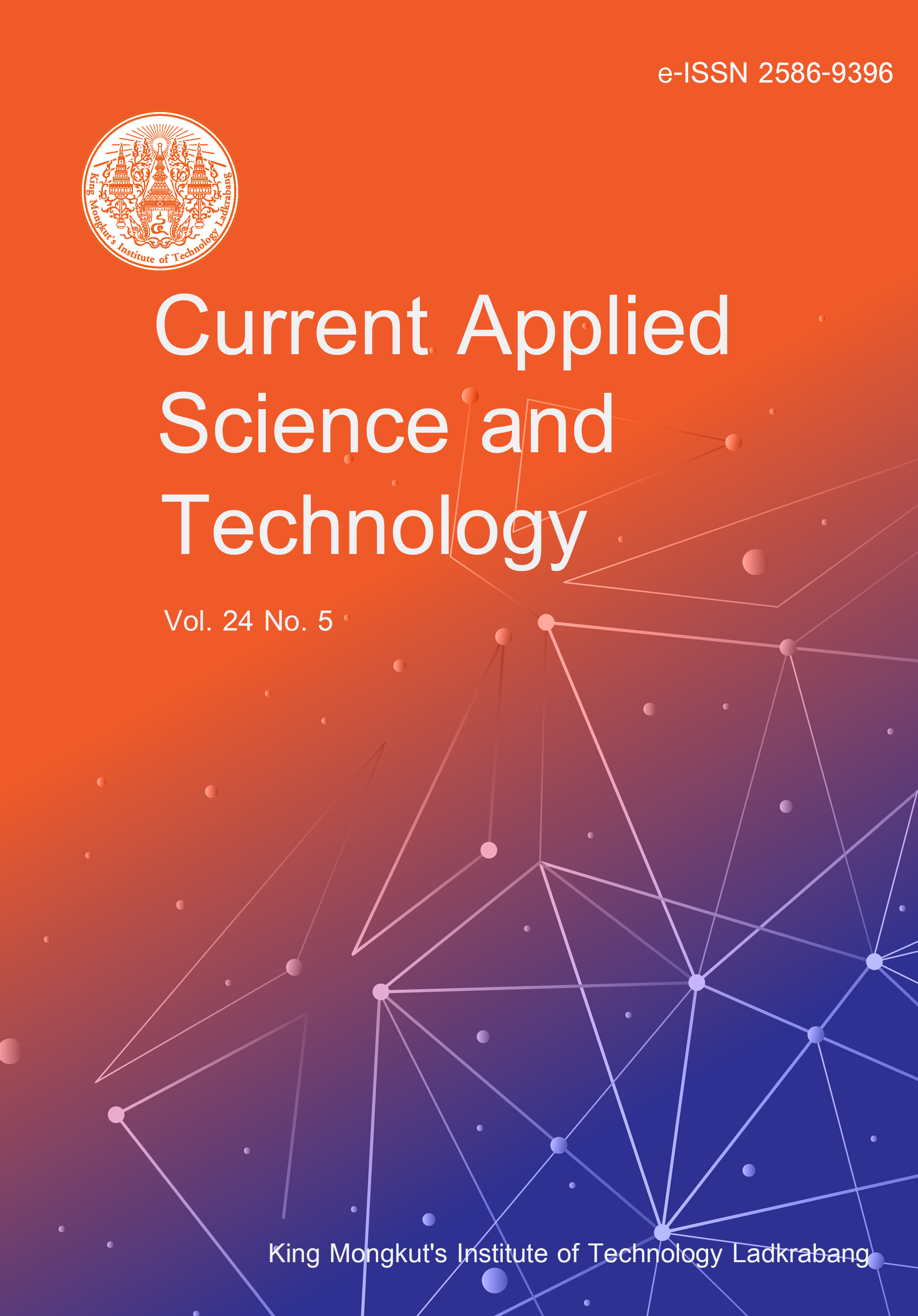Public transit service is a sustainable and eco-friendly alternative for commuting, and promoting its usage is the need of the day. An understanding of the variability of travel time can aid service operators to improve the reliability and ridership of public transport. Gaining insights into the variability of travel time is a data-intensive task, and most of the existing studies utilize multiple traffic-related datasets. However, most cities lack the infrastructure to collect multiple data sets, hence in the current study, the location data of public transit buses were used for the analysis. The study was conducted in Tumakuru city, India at two spatial levels, namely route and segment, and further at temporal levels such as the day-of-the-week and departure time window. Wilcoxon signed-rank test was applied to identify similar spatial-temporal aggregations, and a few aggregations demonstrated similarity. Consistent with the existing literature, six statistical distributions were selected to fit the data through the Kolmogorov-Smirnov test. The results emphasized that the Logistic distribution is the best fit at all spatial-temporal aggregation levels, and the lognormal and GEV distributions offered better fit for a few aggregation levels. Logistic distribution is recommended for operations planners and researchers to conduct reliability analysis and travel time forecasting in the future.
Prakash, A. B. ., Sumathi, R. undefined. ., & Sudhira, H. S. . (2024). Public Transit Bus Travel Time Variability Analysis Using Limited Datasets: A Case Study. CURRENT APPLIED SCIENCE AND TECHNOLOGY, e0257174. https://doi.org/10.55003/cast.2024.257174


https://cast.kmitl.ac.th/doi/10.55003/cast.2024.257174